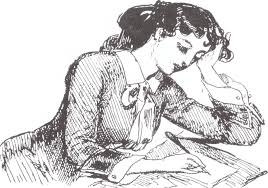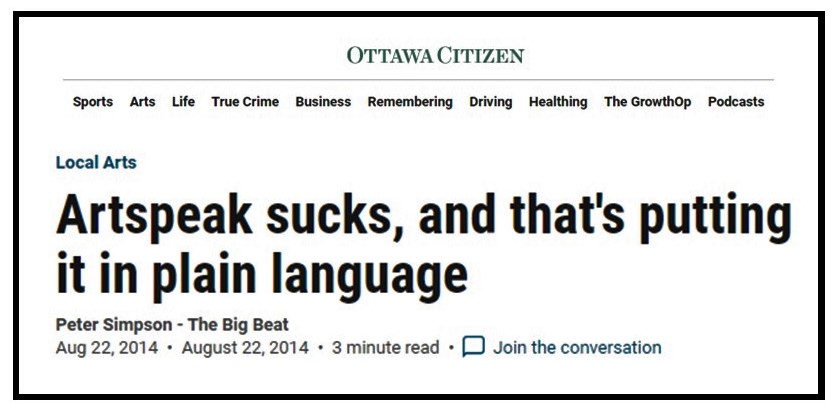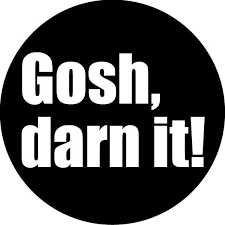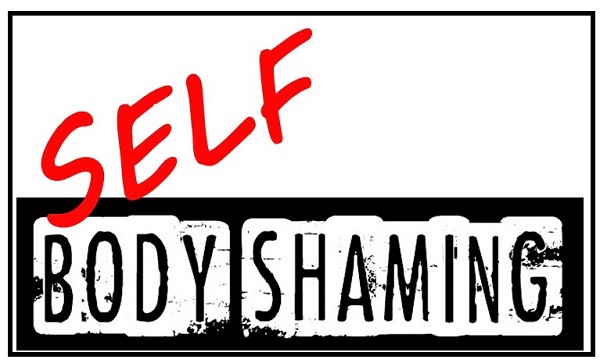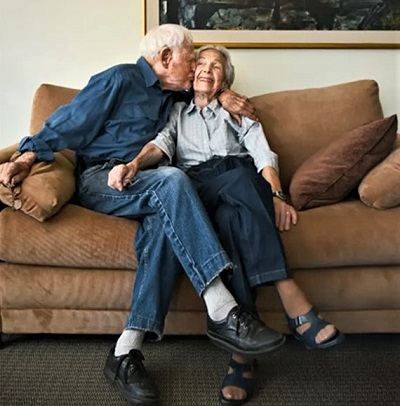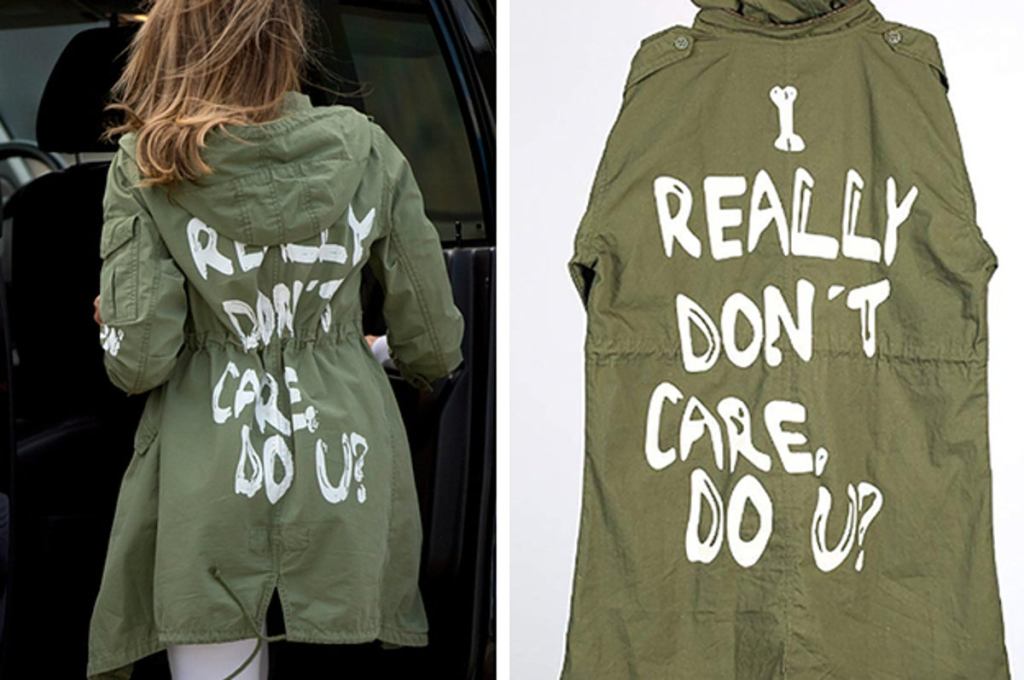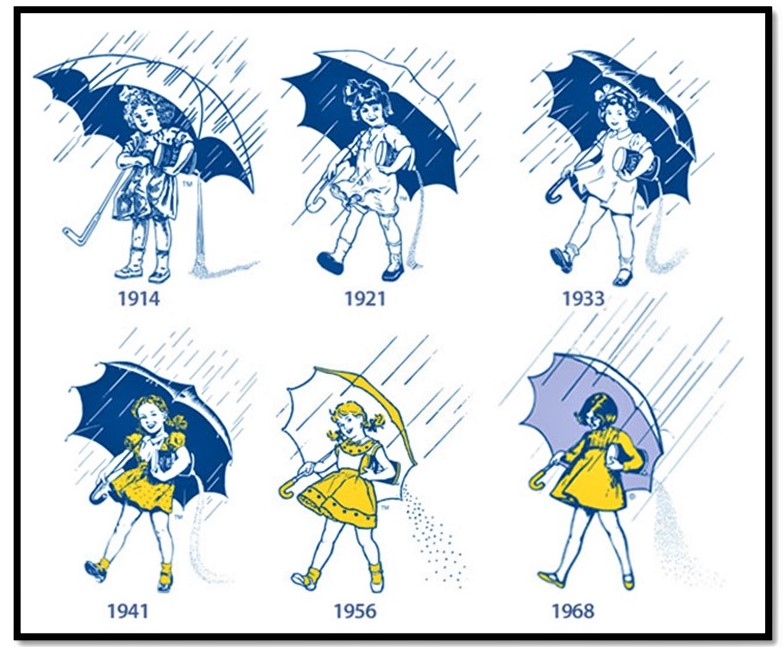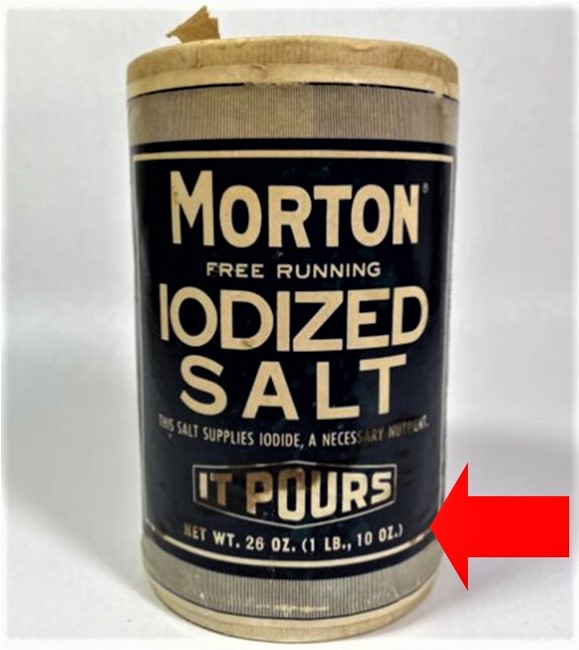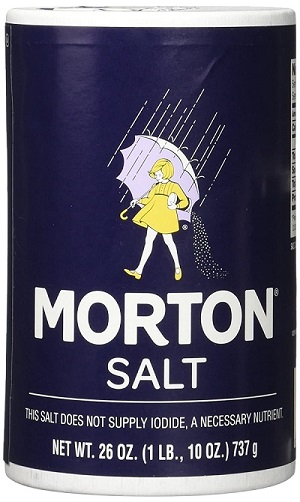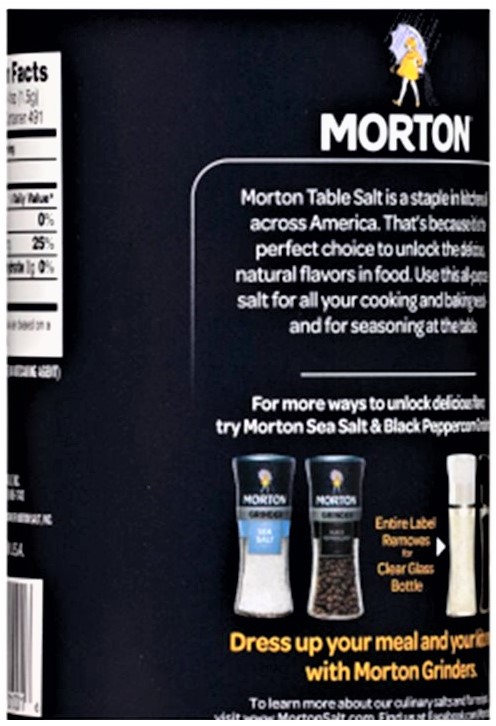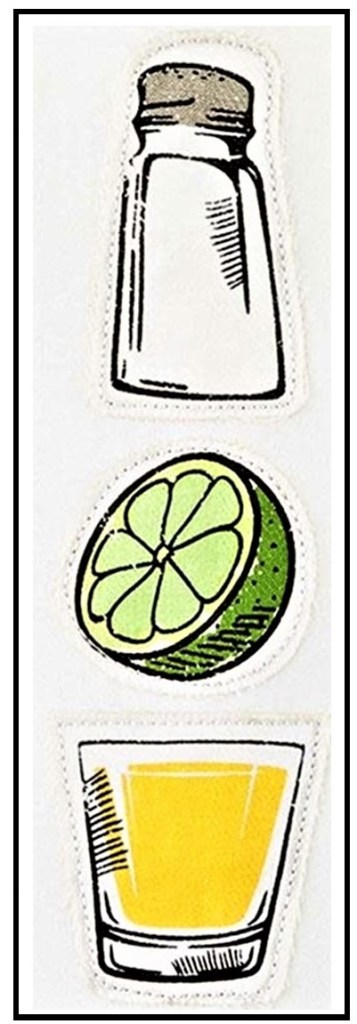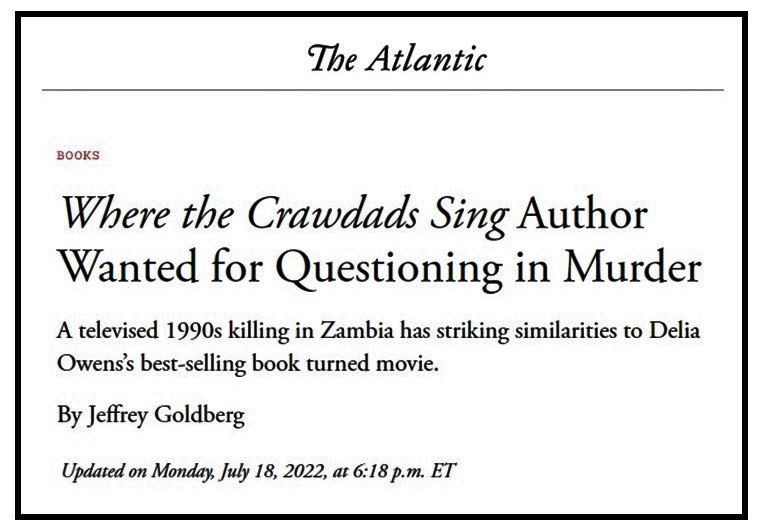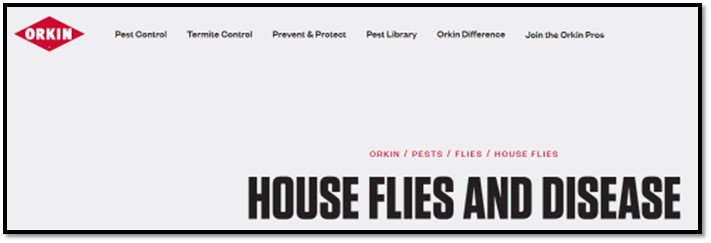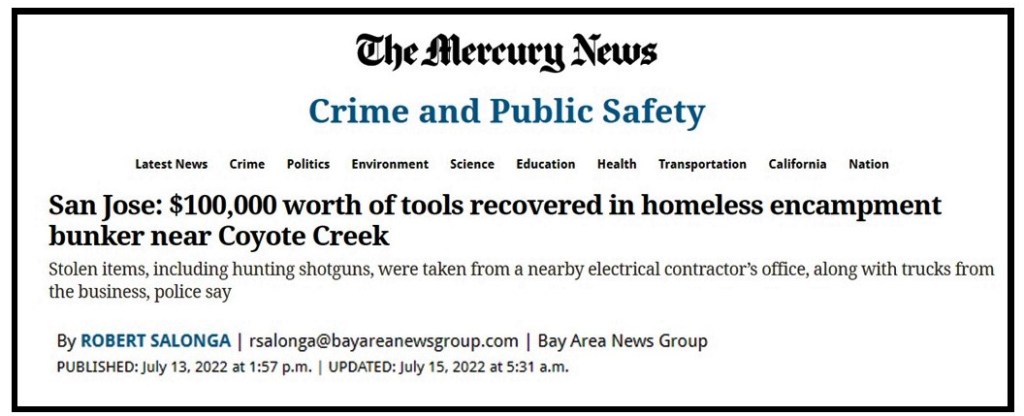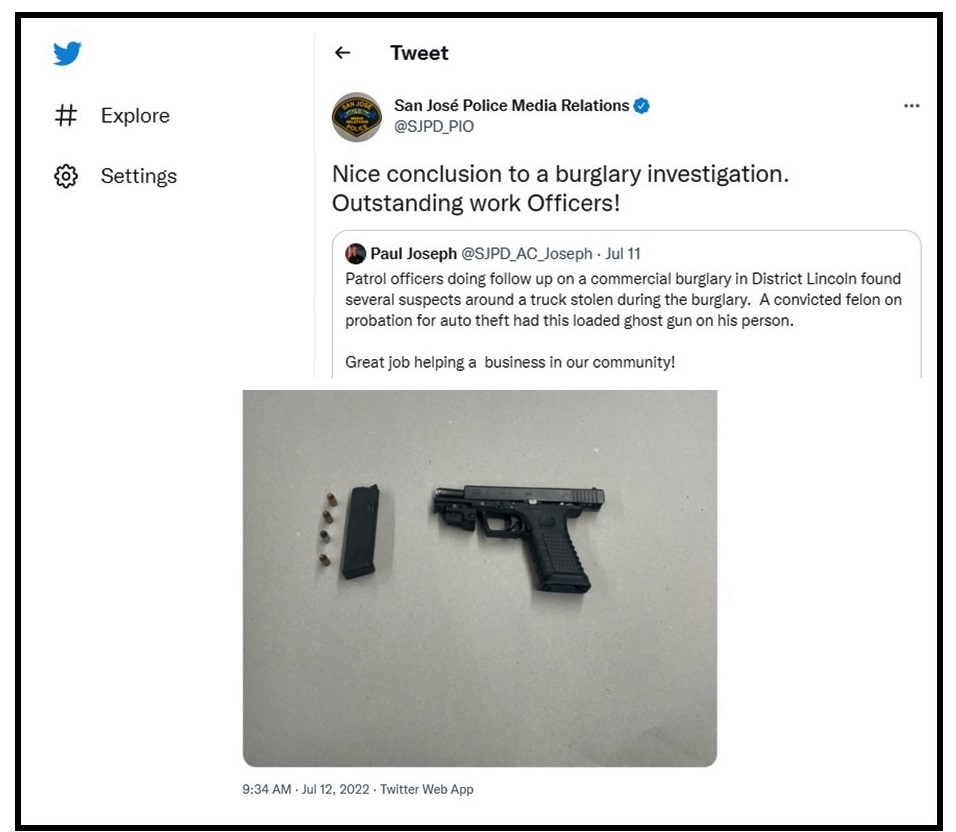I’m $103.46 better off, and not because these companies raised their hand and offered me the money.
I had to ask.

I was not satisfied with two online transactions, but I could have shrugged and decided, “Oh, well, I’ll just live with it.”
Or, “It’s not worth the hassle.”
Or, “I don’t have time for this.”
No.
I won’t just “live with it,” it is “worth the hassle” and I’ll find the time.
First: DoorDash.
My husband and I have ordered meals with DoorDash a few times and been happy with the results, but this last time – three strikeouts.
Three items were missing from the order.
Three items!
We ate the rest of the meal, and I could have left it at that.

Instead, I went online and “chatted” with a DoorDash representative. To their credit – no hassle. They offered a $40.68 DoorDash credit toward my next order, which was significantly more than I’d imagined.
I gladly accepted.
If I hadn’t asked – no $40.68 credit.
Second: Amazon.

A $62.78 credit from Amazon was a different story.
A professional acquaintance sent us a gift he’d purchased through Amazon. We couldn’t use it, so I went through the Amazon return process, which in this instance – like earlier instances – was very easy.
Then I waited for the credit to show up on my Amazon account.
And waited.
And waited.
I went on the Amazon website and spent a fair amount of time trying to figure out how to talk to a customer service person. Somehow I found it, and then all I had to do was click a button and my phone rang a minute later.

The customer service person was very pleasant, but also adamant that the credit would be issued to the sender, not the receiver.
This was not right, and I knew it wasn’t right.
We went back and forth about this, including at one point, my saying, “If the sender had ordered the gift from Macy’s and I walked into Macy’s and returned it, then Macy’s would give me a refund. Are you saying this is not Amazon’s policy?”

She insisted it was not.
I insisted that the refund should come to me.
I don’t know if she just got sick of my insistence, or if it was coffee break time, or what, but she asked if she could put me on hold.
A few minutes later she came back on and advised that the $62.78 would be credited to my Amazon account.

If I hadn’t asked, nicely at first, and then…
So – one online chat, one conversation:
Total back in my pocket: $103.46.
Ask and you shall receive…
By now I’m…

Loaded for bear, as they say, and it’s a good thing – I have another Amazon return, this time for items that I purchased.
Back story:
I ordered three packages of undershirts for my husband, and specified the size. I didn’t notice that the seller was “Star Hills” – I rarely notice the seller’s name.
Amazon charged my credit card for the purchase.

When my order hadn’t arrived 13 days later, I decided to cancel and look elsewhere. I went online and typed in my cancellation request, and received this reply from Amazon:
“I sent your message to Star Hills. Give the seller a couple days to respond. If you haven’t heard back from Star Hills in 48 hours, or if they haven’t been able to help you, please contact us again.”
Hmmm.
I hadn’t had this experience with Amazon before – telling me I’d be contacted by a seller?
So I waited.
The next day, Star Hills responded:
“Dear Buyer, It seems like a lost shipment. Would you like a replacement sent asap? Kindly advise.”
I immediately responded, “Yes, please send a replacement asap.”

I waited.
And waited.
Nine days later, when my order still hadn’t arrived, I requested a cancellation and refund.
Instead, Star Hills sent me tracking information and it appeared that the order would arrive the next day, which it did.

Twenty-four days after I’d placed my order.
And the order was wrong.
There were two packages of undershirts instead of the three I ordered, and they were all the wrong size.
So, I went through the Amazon return process again, and this time Amazon accepted my return request.

Now I’m on my way to the UPS store to drop off the undershirts.
From here on in, it should all be easy-peasy, right?
Right.
Except…
The paperwork indicates I’m returning three packages of undershirts, and I’m returning only two – which is all I’d received, and all that Star Hills is going to receive.
Is this going to get complicated?
Well, if it does…
Bring it on.
Like I said, I’m…

